Contest: Culture of Pakistan || Participation
Asalam-u-Alikum
Today we will talk about " Culture Of Pakistan " So Let's Get Start.
What is culture..?
What is culture..?
Pakistani Culture
Pakistani Culture
Characteristics of Pakistani Culture
Characteristics of Pakistani Culture
- Islamic values and traditions
- National and regional languages
- Mixed culture
- Rich literature
- Male dominated society
- Variety of Dresses
- Fairs and Festivals
- Sports
- Handicrafts
The vibrancy of our culture
The vibrancy of our culture
Every country and nation has its own own culture, and Pakistan's culture and tradition are extremely diverse.
Pakistan is home to a varied range of races and cultural groupings, resulting in a fascinating and distinctive national culture. The culture of the country has evolved through thousands of years, with different civilisations in the region influencing everything from cuisine to music to literature and art. Pakistani culture can safely be described as an eclectic mix of many other regional cultures, as evidenced by the country's music, architecture, and even cuisine.
The art of Pakistani trucks isn't the only well-known example of workmanship in the globe. The Pakistani craft, which has been passed down through generations, encompasses a wide range of techniques, materials, and aesthetics. Calligraphy, like copper work, paintings, and carved wood, is one of the most significant abilities found in many local structures and locations, as well as wall hangings. Pottery, particularly blue pottery from Sindh and Multan, is admired all over the world for its appearance. Naqashi, or the art of manufacturing camel leather lamps, is another indigenous specialty with colourful tile work that dates back to the Mughal era.
The Art & Craft Exhibition
The Art & Craft Exhibition
Daachi Foundation recently sponsored a three-day art and craft exhibition in Lahore to showcase Pakistan's colourful culture. The event was well-attended.
Ghazi, an ethnic furniture manufacturer from Swat, says his participation in the Daachi Exhibition has changed his life. His art received a lot of praise and notoriety at the exhibition, which helped him expand his previously moribund firm. Ghazi was able to turn his financial condition around because to his achievement at Daachi. He was able to purchase numerous stalls for the second show after participating in the previous for free.
The Daachi Foundation was founded in 2010 by a group of dedicated volunteers with the goal of supporting Pakistan's cultural history, ideology, and environment through fostering indigenous craftsmen and artists. The organisation had its start with the well-known Daachi Arts & Crafts Exhibition, which takes place twice a year in the spring and fall. The show has evolved through time, and it currently serves as a platform for over 100 artists, craftspeople, and businesses from across Pakistan. Daachi was recently honoured with the Engro Foundation's "I AM THE CHANGE" award for its dedication and achievements.
The Art & Craft Village
The Art & Craft Village
Daachi Foundation's major purpose is to spread Pakistani culture and craft, but it also serves as a forum for artists, artisans, and craftsmen. The Foundation is trying to create an art and craft community where the ‘Ustaad' is respected and can teach, share, and sell his craft.
In terms of design, building, and operation, the Daachi community will be totally sustainable. Only organic and natural food stalls will be allowed in the designated food area. A specialised performance area, a museum, and a workshop area will be available. People will be able to experience Daachi all year round because to the construction of shops.
Sponsorship of shops is also possible; while the sponsor owns the signs, the shop will house artists from all around Pakistan. The hamlet will be built with natural materials and ornamented with crafts to capture the essence of our Pakistani eclectic folk architecture. It would be spread out over 28 kanals near Thokar Niaz Baig.
Ancient Art of Blue Pottery
Ancient Art of Blue Pottery
Pakistani Handicrafts
This wonderful talent of polishing blue pottery originated in Kashmir and was brought to Rajasthan. The bright blue dye used to paint the clay gave this pottery its name. The Indian Crafts and Arts have traditionally been separated into categories depending on culture or the ruling government, the major religion, and then further subdivided by tools, techniques, media, purpose, utility, and geographic conditions. The cultural variety of India and Pakistan is well-known. These states' residents have long been eager to share their knowledge, experiences, and abilities. Blue pottery, which reflects Persian, Turkish, and Chinese culture, is another product of these modifications.
Blue Pottery an ever-green Favorite
Blue Pottery an ever-green Favorite
Pottery is a long-time favourite of mine. Making pottery dates back to the dawn of time. The ancient civilizations of Syria, Iran, Egypt, and the Indus Valley figured out how to make glass. When alkaline soil was mixed with copper, the result was a sapphire blue tint. Art crafts like as polished dishes, jewellery, beads, and tiles were popular from the Harrapan to the Gupta periods. This art flourished throughout the Buddhist period. Because the earthen and herein instruments that were employed at the time were considered impure, Orthodox Hinduism was resurrected. The price of the polished and gleaming basic pots was raised, and no one took them for granted and didn't want to part with them.
China and the Blue Pottery
China has a strong ceramic tradition, and the Chinese have made significant contributions to its findings. China discovered celadon and porcelain but failed to reach the colour stage. Without the vivid blue, their ceramics appeared lifeless and dreary. In 1301 AD, Abdul Qasim Qasani published a treatise on the skill of mixing colours and painting on ceramics. During this time, the Iranians taught the Chinese all of their Gila-lazwart skills. The Chinese were so enamoured with this art that they were willing to pay even gold for this amazing element. Arab traders later began purchasing Gila-lazwart in Ajmer, India, and selling it to China.
Jaipur and Blue Pottery
As previously stated, ceramics art arrived in Rajasthan via Kashmir and hence has roots in the subcontinent. The blue pottery in Jaipur is constructed of Egyptian paste, which is then polished and burnt at a low temperature. This pottery is difficult to find and is frequently painted with birds or animals. Because it is burnt at a low temperature, it is delicate and cracked. Blue pottery has a Turko-Persian origin, but it is now widely recognised as one of Jaipur's most distinctive crafts. When Sawai Jai Singh discovered Jaipur in 1727, he invited artists from all over the state to live in the new city.
Multan And the Blue Pottery
Traditional Multani kasha, Gori design, TRD, Angori design, and ancient design are the most popular patterns, which are painted in brown, white, blue, golden terracotta red, and lime green. Improvements in ceramic patterns and imitation of forms have enhanced consumer demand. Calligraphy was formerly only used for building ornamentation, but it is today very popular and may be found on décor plates and other everyday ornamental items. Blue pottery is becoming increasingly popular as a symbol of royalty and refinement. It is now used as attractive tiles, cutlery, home decors, and even for dining in beautiful architecture.
"I consent to the publication and distribution of my article in the electronic and paper versions of "Steemit Weekly"and in all social media."
#winwithsteem #contest #steemexclusive #promosteem #promo-steem #pakistan #steemitweekly
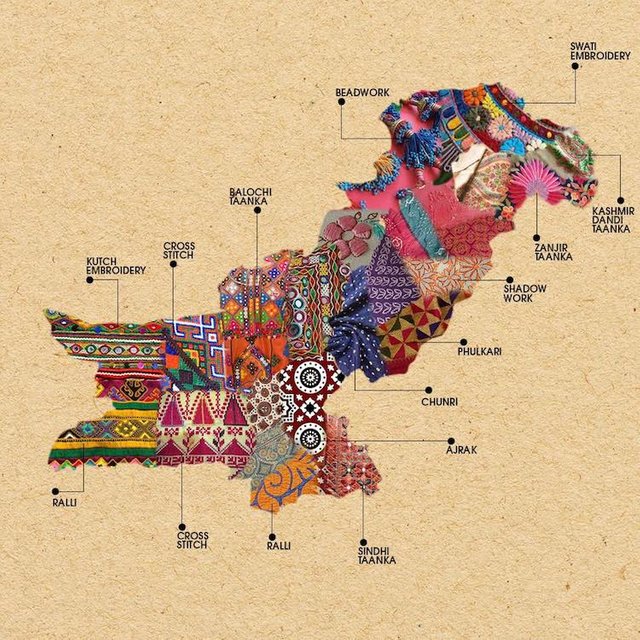
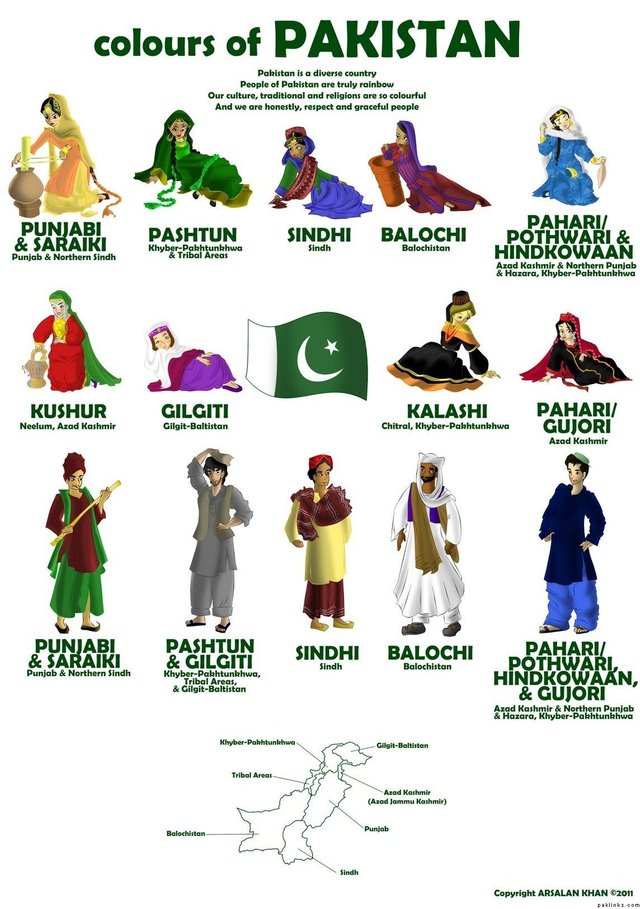

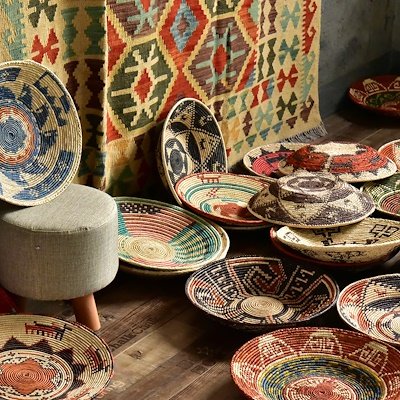
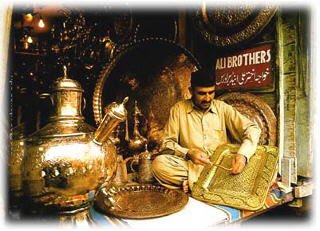
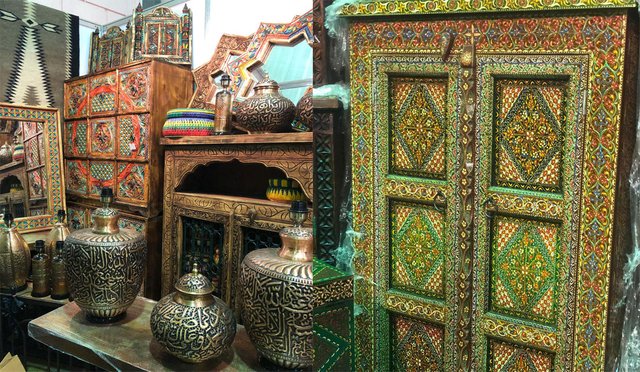
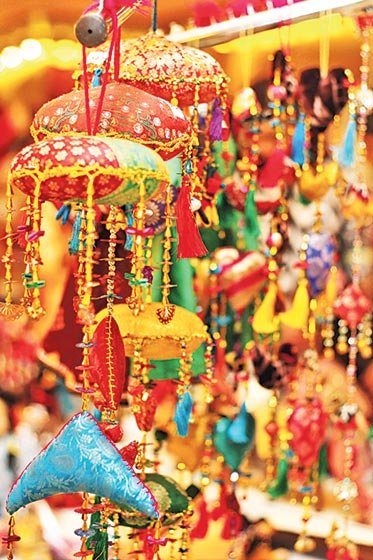
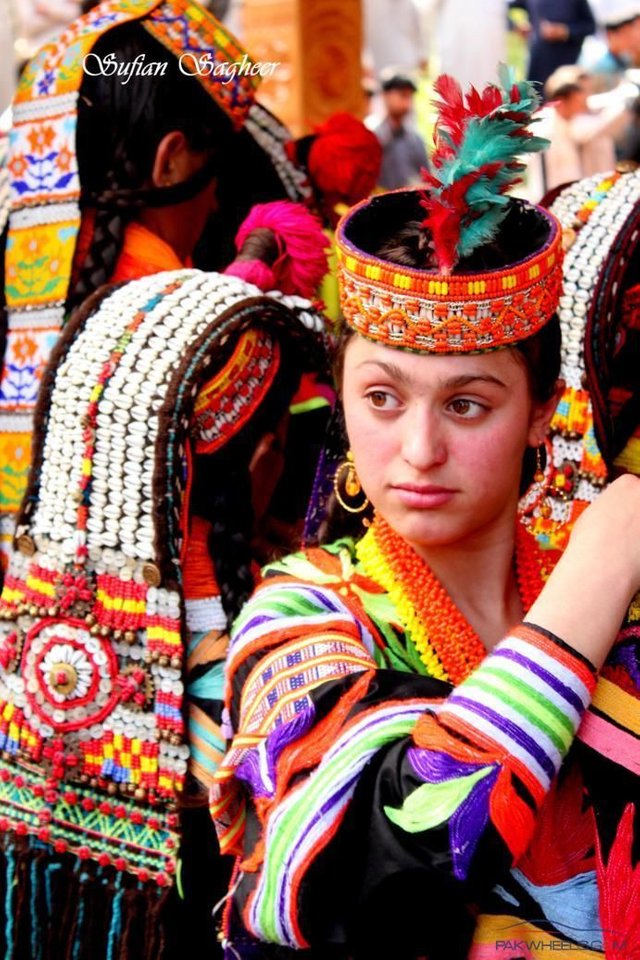
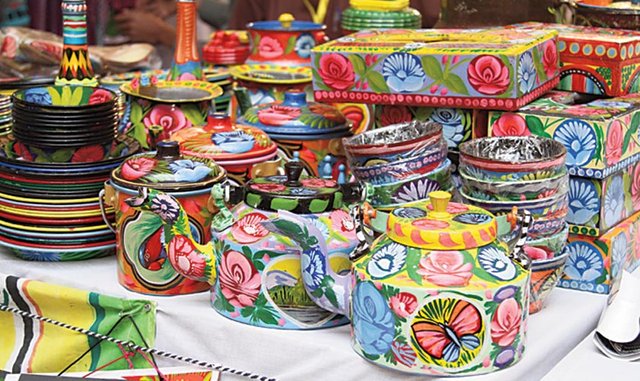
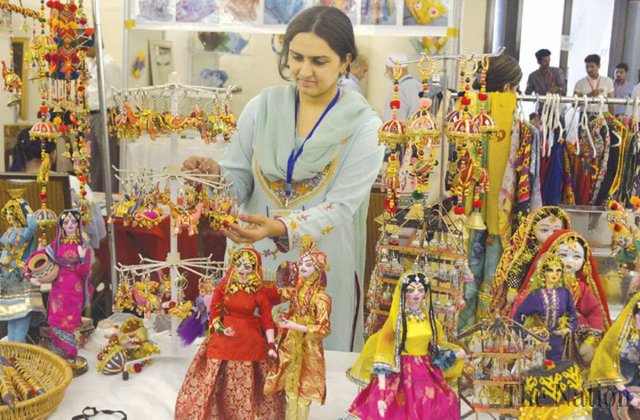
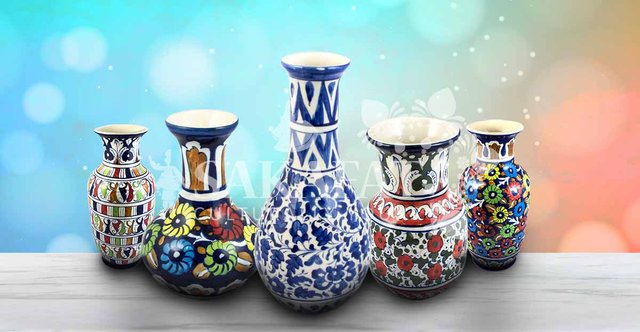
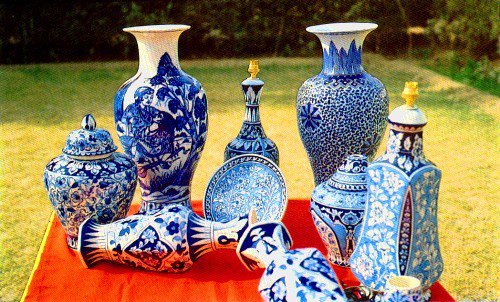
.jpg)



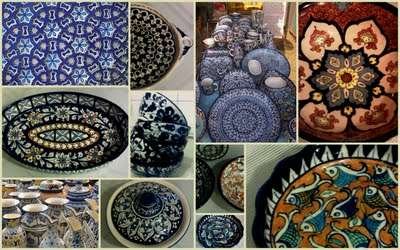
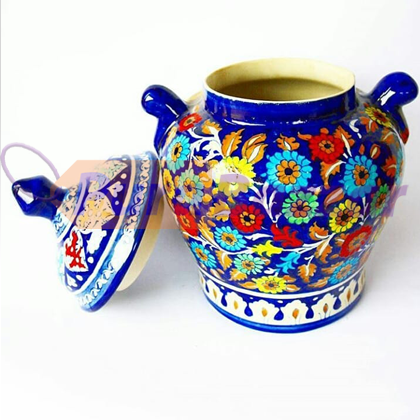
great culture and its depictography
Thank you 😊
Very nice information brother
Congratulations 👏👏